Ocean Wave Energy Converter developed by IIT Madras Researchers to generate electricity from sea waves
By MYBRANDBOOK
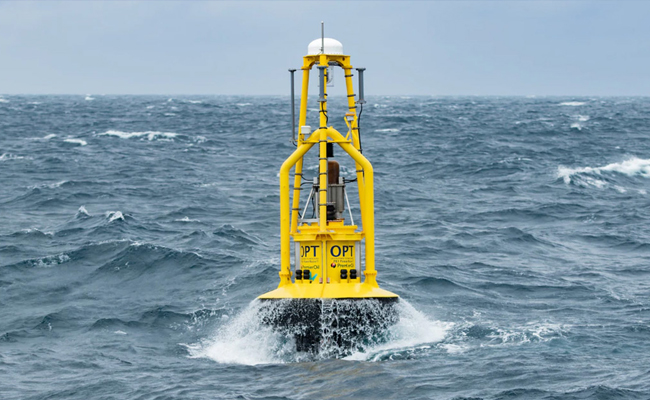
Indian Institute of Technology Madras (IIT Madras) Researchers have created an 'Ocean Wave Energy Converter' that can generate electricity from sea waves. The trials of this device were successfully completed during the second week of November 2022.
The Device was deployed at a location about 6 Km off the coast of Tuticorin, Tamil Nadu, at a location with a depth of 20 metres. This device targets generating 1MW of power from ocean waves in the next three years.
The success of this project will help fulfil several objectives such as the UN Ocean decade and sustainable development goals. India's goals include deep water missions, clean energy and achieving a blue economy. It could help India meet its climate change-related goals of generating 500 GW of electricity by 2030 through renewable energy.
The Device is targeted towards remote offshore locations that require reliable electricity and communication either by supplying electric power to payloads that are integrated directly in or on the device or located in its vicinity as on the seabed and in the water column. The targeted stakeholders are the oil and gas, defence and security installations and communication sectors.
IIT Madras faculty Prof. Abdus Samad, who has been working for over a decade on wave energy, leads the mission. He established a state-of-the-art 'Wave Energy and Fluids Engineering Laboratory' (WEFEL) at IIT Madras. His team designed and tested a scaled-down model. The lab is also researching other applications for this technology such as producing power for smaller devices for the ocean like navigational buoys and data buoys, among others.
Highlighting the impact of this project, Prof. Abdus Samad, Department of Ocean Engineering, IIT Madras, said, "India has a 7,500 km long coastline capable of producing 54 GW of power, satisfying a substantial amount of the country's energy requirement. Seawater stores tidal, wave and Ocean thermal energy. Among them, the harnessing of 40GW wave energy is possible in India."
Further, Prof. Abdus Samad said, "Even single devices in different locations along the Indian coastline can generate large quantities of clean power. We are also contemplating placing multiple devices in an array configuration for maximum wave power extraction from the location. Our vision is to make India sustainable by tapping the marine energy and net zero carbon emission to mitigate climate impact."
The project received funding support through the 'Innovative Research Project' of IIT Madras, TBI-KIET under the DST Nidhi-Prayas Scheme and the Australian Alumni Grant Scheme 2022 by the Department of Foreign Affairs and Trade, Australian Government.
IIT Madras partnered with a start-up Virya Paramita Energy (VPE), and Motilal Nehru National Institute of Technology (MNNIT) Allahabad, for this test. The electrical storage system was designed by the GKC Institute of Engineering and Technology and MCKV Institute of Engineering, West Bengal. Waterfront Engineering and Infrastructure Pvt Ltd assisted in deploying the system in the Ocean.
Speaking about this project, S.S.A.K. Karthik of Virya Paramita Energy (VPE), said, "Ocean has enormous opportunities, and exploring with proper technology is the need of the time." IIT Madras and VPE have a joint development agreement to commercialize the technology.
SEA TRIALS
The product has been named 'Sindhuja-I,' which means 'generated from the ocean.' The system has a floating buoy, a spar, and an electrical module. The buoy moves up and down as the wave moves up and down. In the present design, a balloon-like system called a 'buoy' has a central hole that allows a long rod called a spar to pass through it.
The spar can be fixed to the seabed, and passing waves will not affect it, while the buoy will move up and down and produce relative motion between them. The relative motion gives rotation to an electric generator to produce power. In the present design, the spar floats, and a mooring chain keeps the system in place.


Nazara and ONDC set to transform in-game monetization with ‘
Nazara Technologies has teamed up with the Open Network for Digital Comme...

Jio Platforms and NICSI to offer cloud services to government
In a collaborative initiative, the National Informatics Centre Services In...

BSNL awards ₹5,000 Cr Project to RVNL-Led Consortium
A syndicate led by Rail Vikas Nigam Limited (abbreviated as RVNL), along wi...

Pinterest tracks users without consent, alleges complaint
A recent complaint alleges that Pinterest, the popular image-sharing platf...

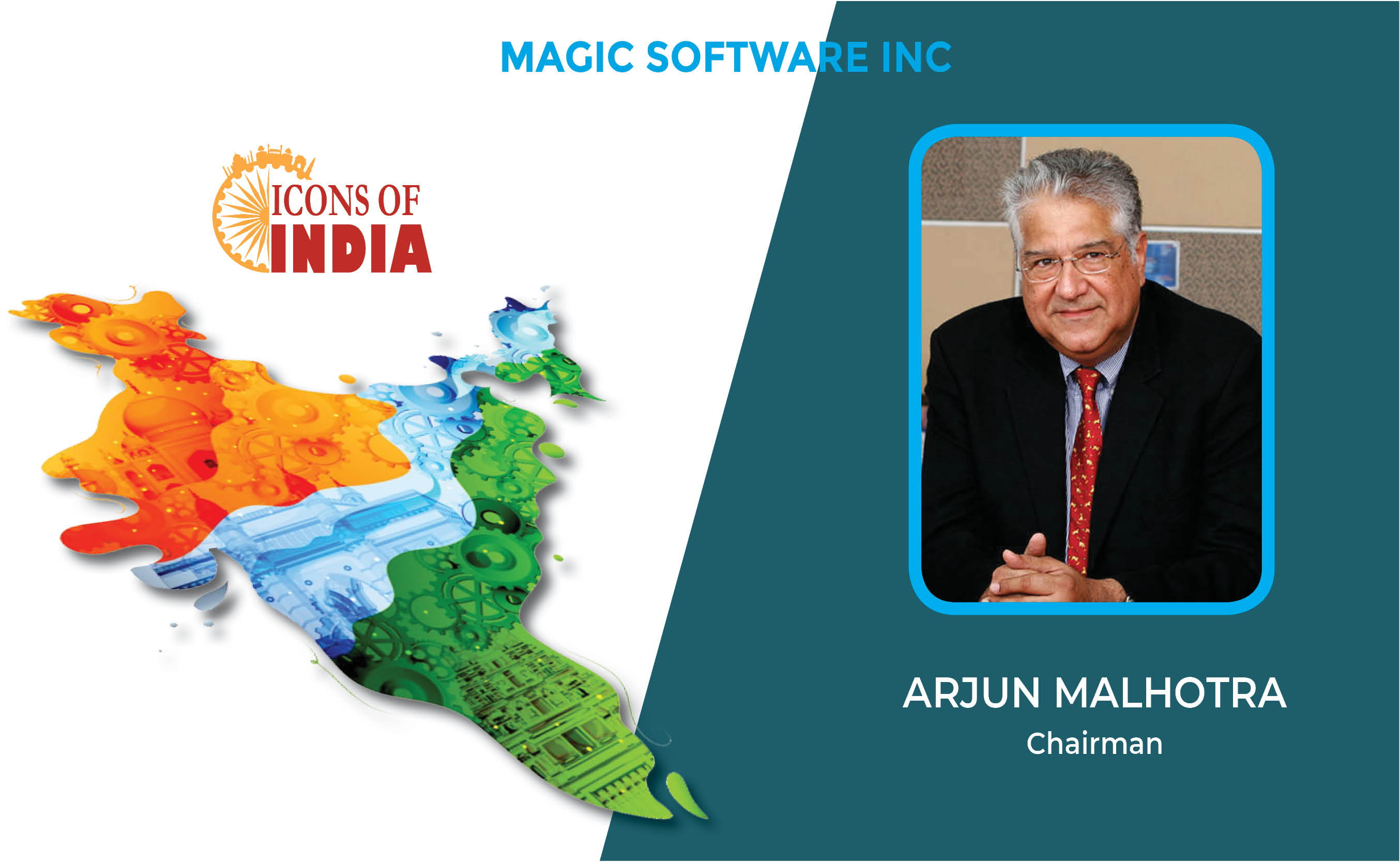
Icons Of India : Arjun Malhotra
Arjun Malhotra, the Chairman of Magic Software Inc., is widely recogni...
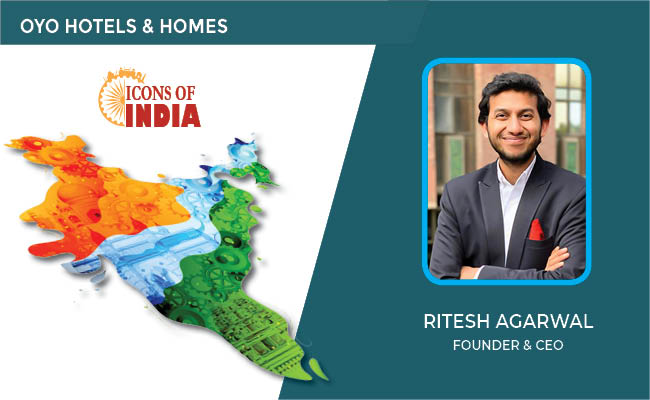
ICONS OF INDIA : RITESH AGARWAL
Ritesh Agarwal is an Indian billionaire entrepreneur and the founder a...
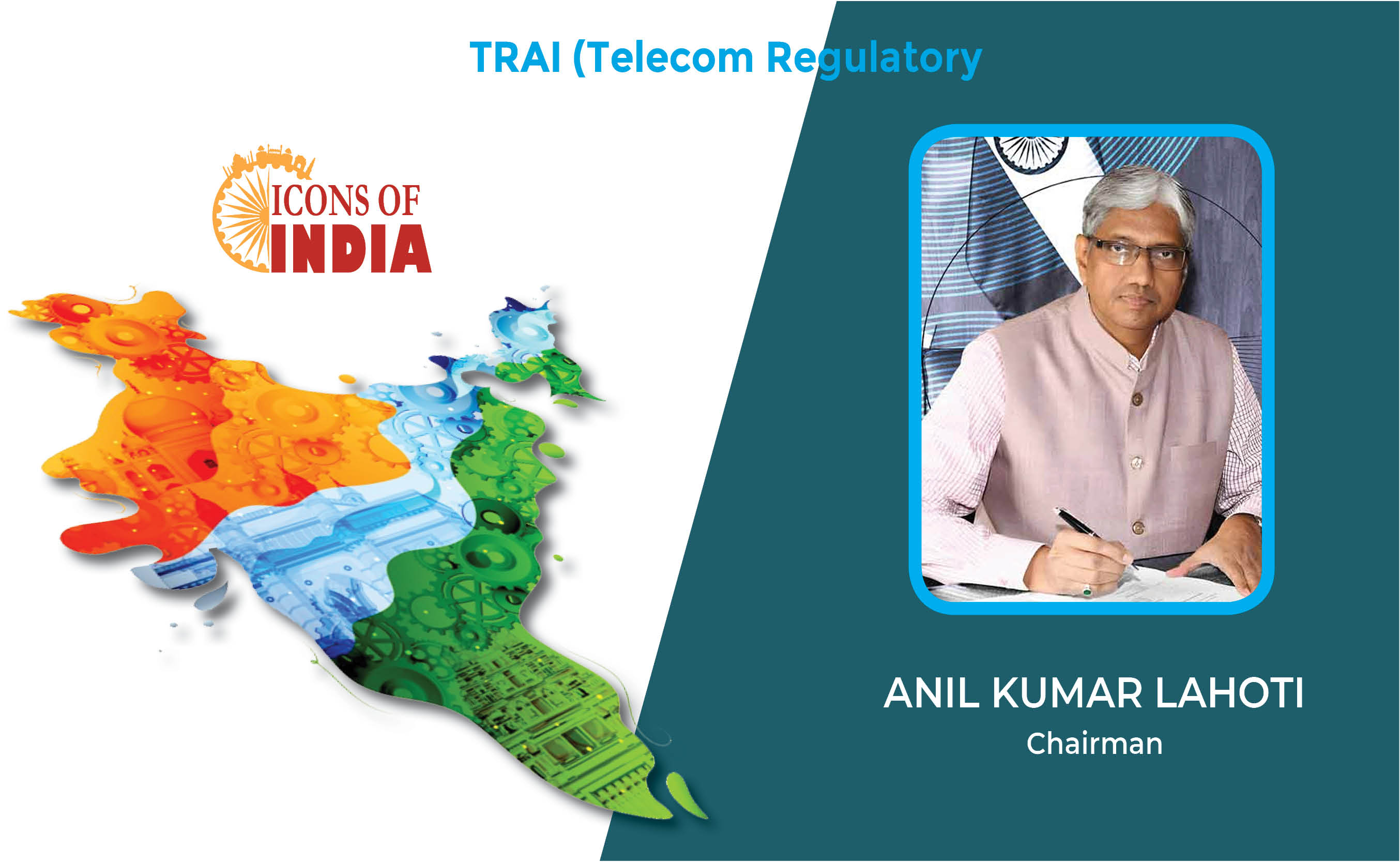
Icons Of India : Anil Kumar Lahoti
Anil Kumar Lahoti, Chairman, Telecom Regulatory Authority of India (TR...

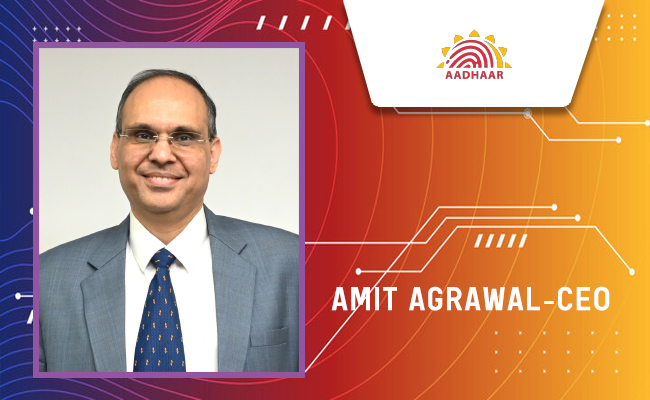
UIDAI - Unique Identification Authority of India
UIDAI and the Aadhaar system represent a significant milestone in Indi...
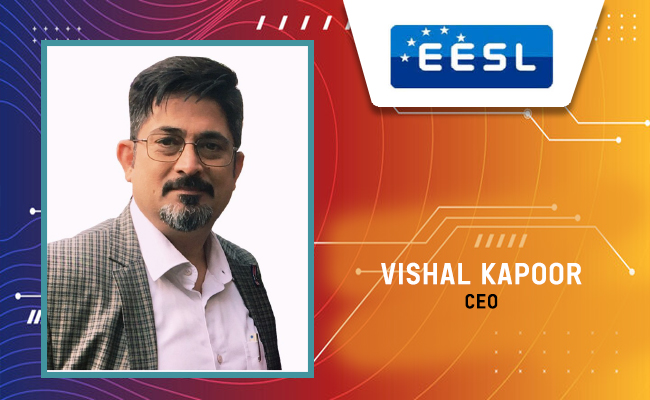
EESL - Energy Efficiency Services Limited
EESL is uniquely positioned in India’s energy sector to address ener...
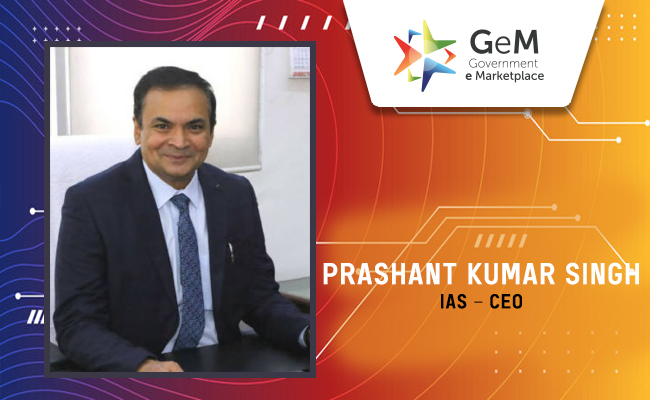
GeM - Government e Marketplace
GeM is to facilitate the procurement of goods and services by various ...


Indian Tech Talent Excelling The Tech World - George Kurian, CEO, Netapp
George Kurian, the CEO of global data storage and management services ...

Indian Tech Talent Excelling The Tech World - Steve Sanghi, Executive Chair, Microchip
Steve Sanghi, the Executive Chair of Microchip Technology, has been a ...

Indian Tech Talent Excelling The Tech World - Aneel Bhusri, CEO, Workday
Aneel Bhusri, Co-Founder and Executive Chair at Workday, has been a le...